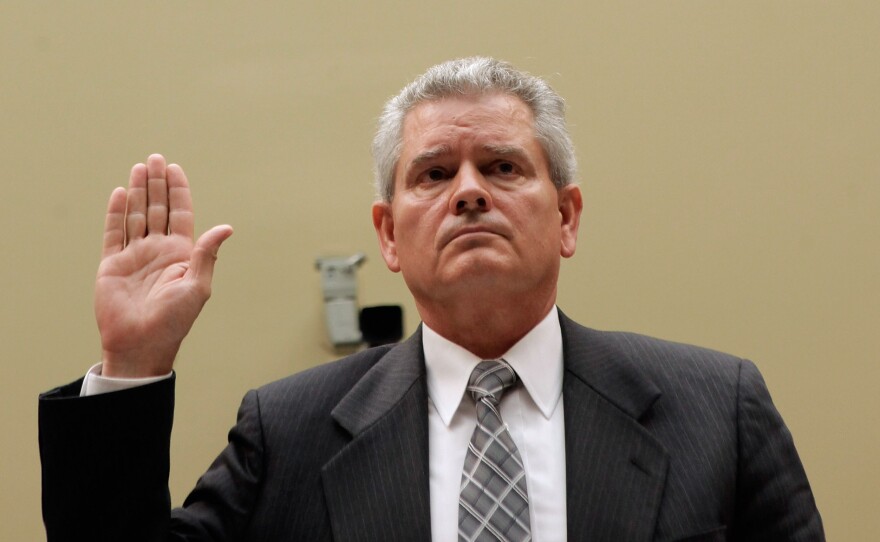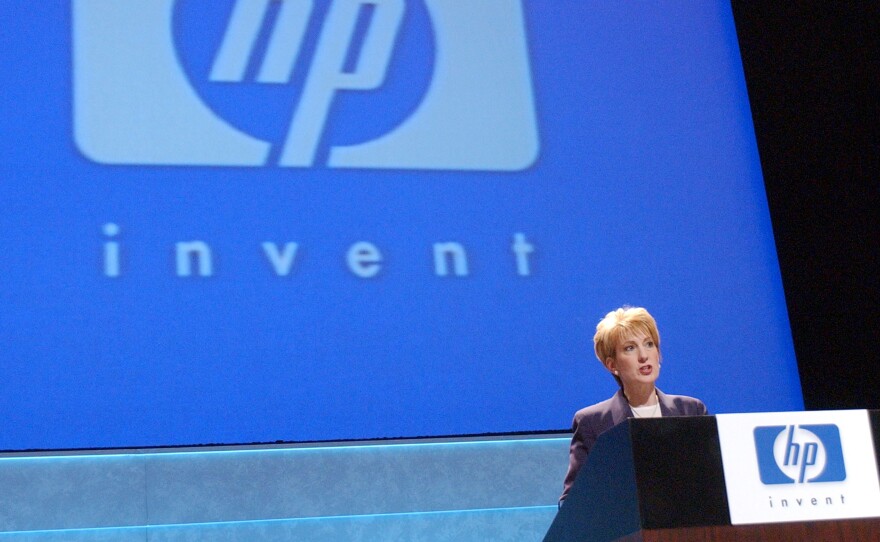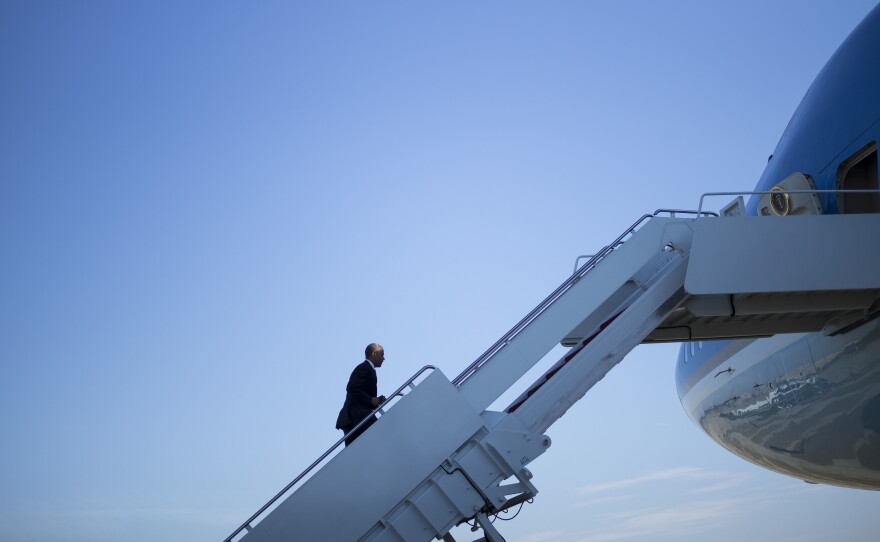


American voters have long been intrigued by the idea of the outsider CEO who could bring corner-office credentials to Oval-office problems.
Think Ross Perot, Mitt Romney and, of course, this presidential election season there's Donald Trump and former Hewlett Packard CEO Carly Fiorina.
After all, there's this image of the powerful, visionary and bold CEO cut in the mold of Apple's Steve Jobs. And were that person to become president, why couldn't he or she think big, balance the books and take no prisoners while doing it?
CEOs and presidents are both the top dogs in their respective organizations, called upon to see the whole picture and lead, "but their ability to act upon whatever vision they hold is very different," said William Howell, a political scientist at the University of Chicago, who studies the American presidency. "Presidents have power. Lots of power. But the idea that that makes them akin to a CEO misses just how hard this job really is."
1. That Hiring And Firing Thing Isn't So Easy
Take the most basic of powers — hiring and firing. Something Donald Trump turned into a trademark on his show, The Apprentice.
"If you find out that one of your people is doing something wrong [in the private sector], that's easy. They're gone," said Keith Reinhard, the CEO emeritus of DDB Worldwide, an advertising agency.
It's not so easy for presidents. Not only do major hires require Senate confirmation, but getting rid of people is practically impossible.
Take the case of Jeffrey Neely. He was responsible for a lavish, over-the-top 2010 conference for government workers in Las Vegas a few years ago. The meeting Neely organized violated just about every rule there is about government travel.
Despite the administration's best efforts, Neely was not fired. He ultimately served time in prison for fraud against the government, but was allowed to retire with full pension benefits. Two other employees involved in the scandal were fired, but they appealed and won.
2. Meet Congress
There's another area where CEOs and presidents differ, a big one — actually getting things done on their own. Major policy changes require the assent of both chambers of Congress and, increasingly, the Supreme Court. Even in the rare instances when presidents work with a House and Senate controlled by their party, the legislative branch is often happy to throw sand in the gears of the executive branch.
That's not so in the private sector. As CEO of Hewlett-Packard in 2001, now-Republican presidential candidate Carly Fiorina, was able to pull off a $25 billion merger with Compaq, which she described at the time as "a big damn deal."
Fiorina was the architect of the merger and pushed it through the company's board of directors. Although the wisdom of the deal remains in dispute, it's an example of something of the kind of thing that would have been much harder to pull off as president. (Think health care, immigration, tax cuts, privatization of Social Security.)
3. CEOs Can Get Away With Doing Unpopular Things
Take the experience of Ben Baldanza, the CEO of Spirit Airlines, the no-frills budget airline that charges for absolutely everything.
"We said we are going to focus on offering the lowest fair to our customers and that required that we change a whole bunch of things," Baldanza told NPR, "change the way we market our product to our consumers, change the way we configure our airplanes, change the way we fly our airplanes."
Baldanza said the kind of change the airline went through would, in government terms, be akin to "a complete, entire reworking of the tax code and the Social Security system and all transfer programs and the military and do it all in two years."
As CEO, Baldanza started charging passengers $55 for a carry-on bag, the kind of unpopular change that he said would be impossible to do as president. (How about those home-mortgage interest deductions?)
"If you tried to make a change like that in the federal government, I think you'd be run out of town on rails," said Baldanza, who said he has no interest in ever running for president.
4. Air Force One Beats Any Corporate Jet
There's one other major difference between being corporate top dog and commander in chief.
"I've only been in the Oval Office one time," said Reinhard, the former advertising CEO. "I noticed it has four doors, which I thought was interesting. Most corner offices don't have four doors."
Four doors and a plane, Air Force One, that puts any CEOs private jet to shame. Even Donald Trump's.
Copyright 2015 NPR. To see more, visit http://www.npr.org/.






